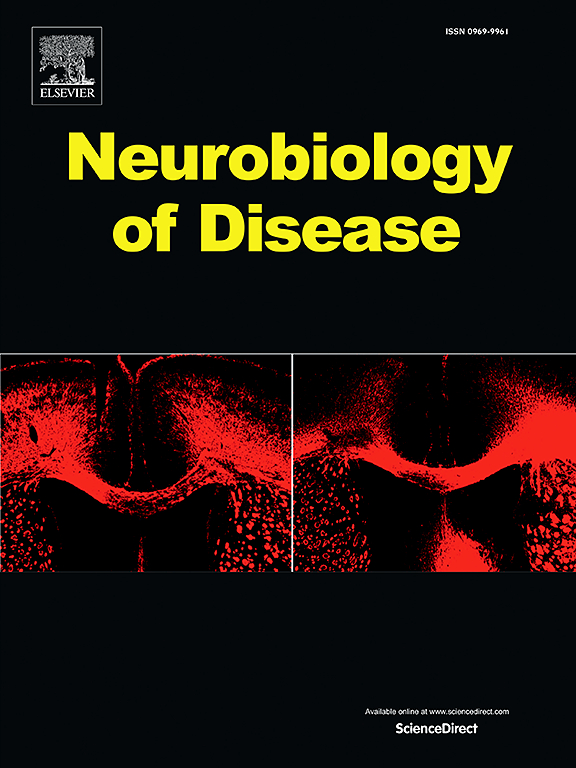PD-1 deficiency disrupts in vivo neural activity in mouse Hippocampus and cortex
IF 5.1
2区 医学
Q1 NEUROSCIENCES
引用次数: 0
Abstract
Programmed cell death 1 (PD-1), encoded by the Pdcd1 gene, was identified as a target in cancer immunotherapy but may result in the overactivation of T cell function and emotional changes such as anxiety. The dynamic changes in neuronal activity related to the anxious status caused by Pdcd1−/− remain unclear. In this study, we addressed these physiological issues by simultaneously recording neuronal activity (spikes) and local field potentials (LFPs) in the medial prefrontal cortex (mPFC) and hippocampal CA3 region using in vivo multi-channel electrodes. Our results demonstrate that PD-1 deficiency induces anxiety-like behaviours and extensive neuronal firing disorders in the mPFC and CA3 regions of mice. The key finding was that in pyramidal neuron and interneurons in the CA3 region, the in vivo firing and spike-LFP encoding was disordered in the opposite direction by Pdcd1−/−. These changes leaded to abnormal oscillations in mPFC and CA3 and disturbed mPFC neuronal firing. Targeting the activation of excitatory neurons in CA3 regions could rescue anxiety-like behaviours in Pdcd1‐/‐ mice. This study provides physiological insights into the dynamic cooperation mechanisms between the mPFC and CA3 circuits in anxiety-like behaviours caused by Pdcd1−/− and other mental disorders associated with autoimmune problems.

PD-1缺乏破坏小鼠海马和皮质的体内神经活动。
程序性细胞死亡1 (PD-1)由Pdcd1基因编码,被确定为癌症免疫治疗的靶标,但可能导致T细胞功能过度激活和情绪变化,如焦虑。Pdcd1-/-引起的与焦虑状态相关的神经元活动的动态变化尚不清楚。在这项研究中,我们通过使用体内多通道电极同时记录内侧前额叶皮层(mPFC)和海马CA3区域的神经元活动(spike)和局部场电位(LFPs)来解决这些生理问题。我们的研究结果表明,PD-1缺乏在小鼠的mPFC和CA3区域诱导了焦虑样行为和广泛的神经元放电障碍。关键发现是在CA3区的A型和C型神经元中,体内的spike-LFP编码被Pdcd1-/-反方向失衡。靶向CA3区兴奋性神经元的激活可以挽救Pdcd1-/-小鼠的焦虑样行为。这项研究为mPFC和CA3回路在Pdcd1-/-和其他与自身免疫性问题相关的精神障碍引起的焦虑样行为中的动态合作提供了生理学见解。
本文章由计算机程序翻译,如有差异,请以英文原文为准。
求助全文
约1分钟内获得全文
求助全文
来源期刊

Neurobiology of Disease
医学-神经科学
CiteScore
11.20
自引率
3.30%
发文量
270
审稿时长
76 days
期刊介绍:
Neurobiology of Disease is a major international journal at the interface between basic and clinical neuroscience. The journal provides a forum for the publication of top quality research papers on: molecular and cellular definitions of disease mechanisms, the neural systems and underpinning behavioral disorders, the genetics of inherited neurological and psychiatric diseases, nervous system aging, and findings relevant to the development of new therapies.
 求助内容:
求助内容: 应助结果提醒方式:
应助结果提醒方式:


